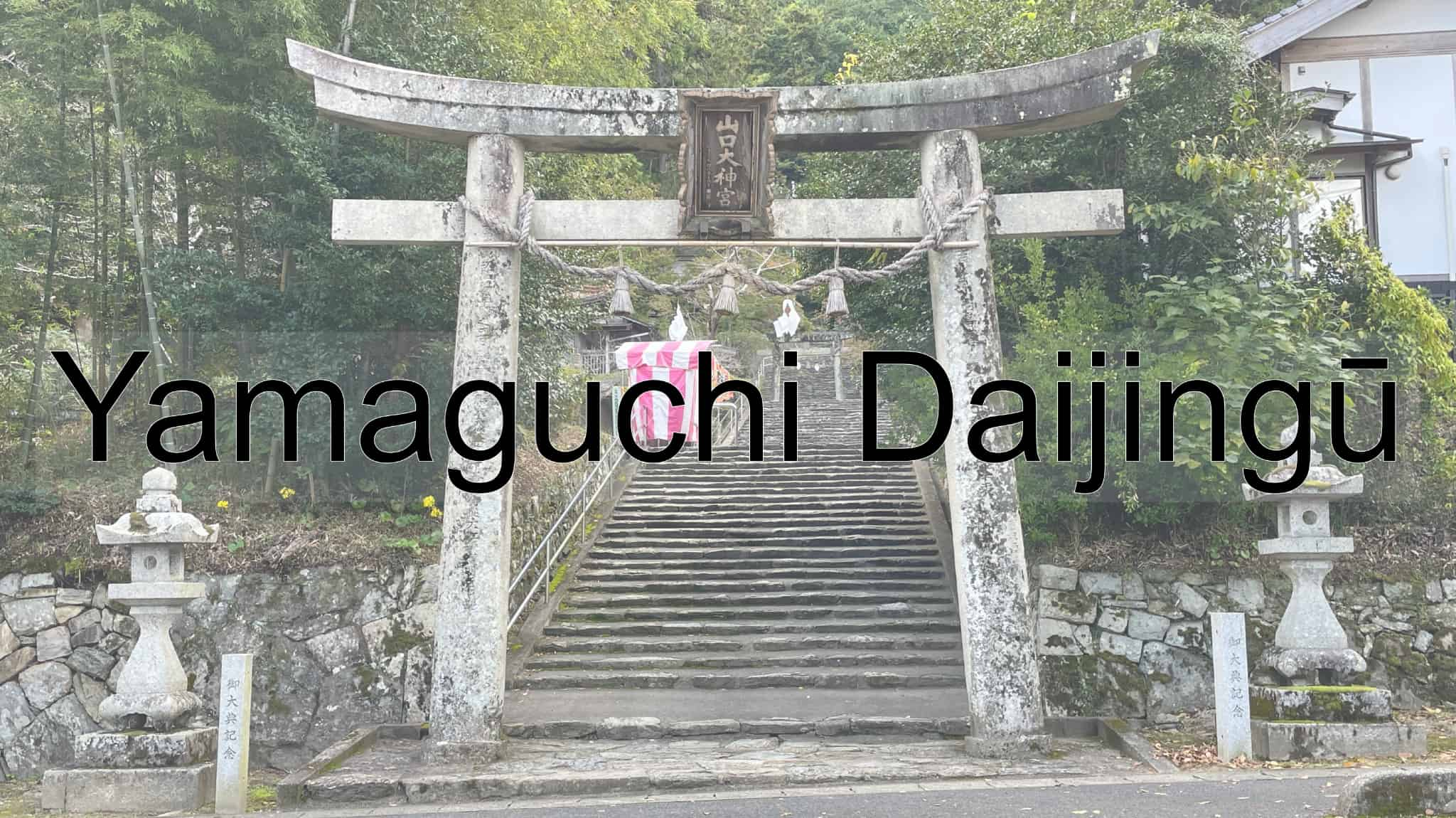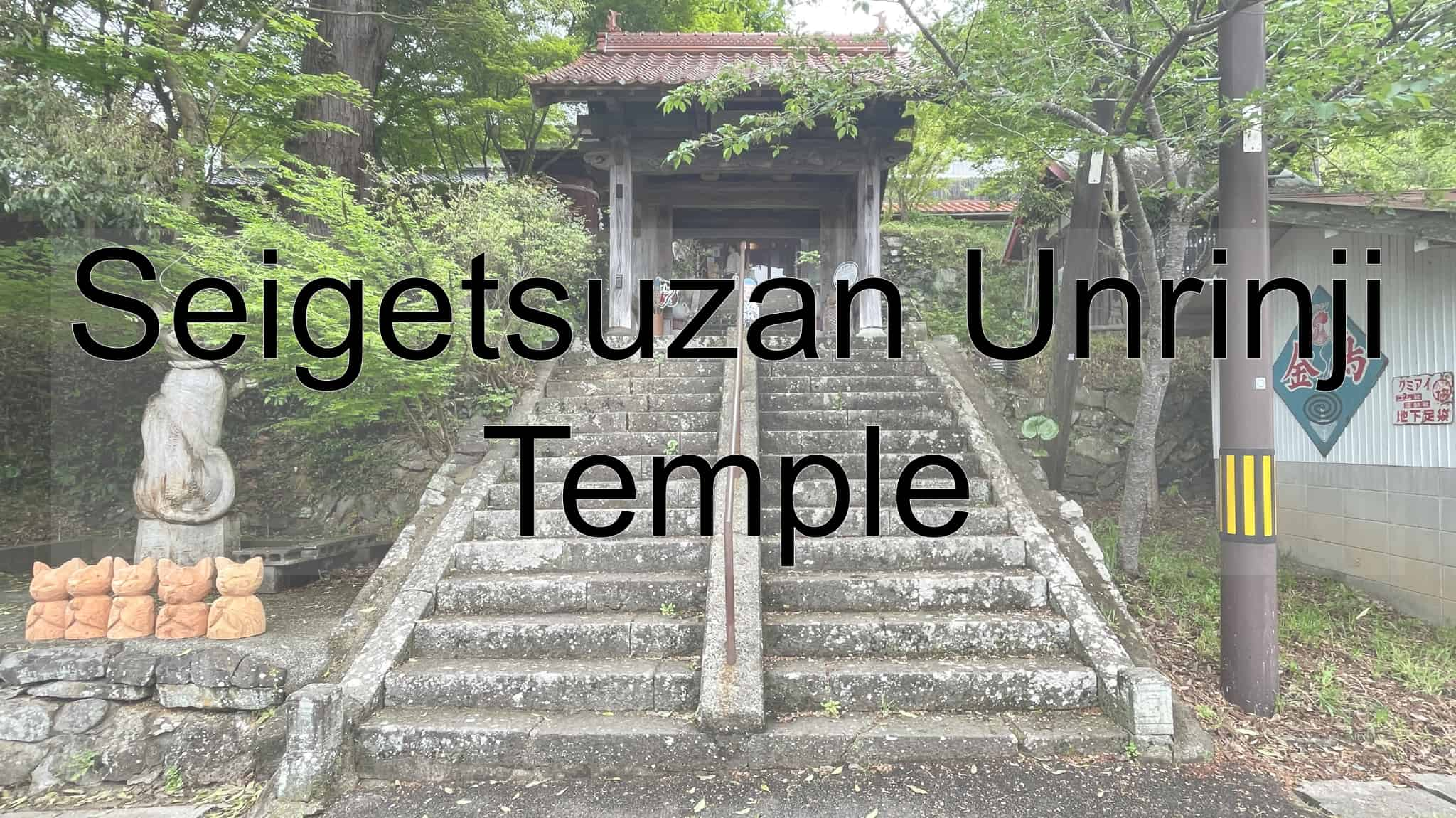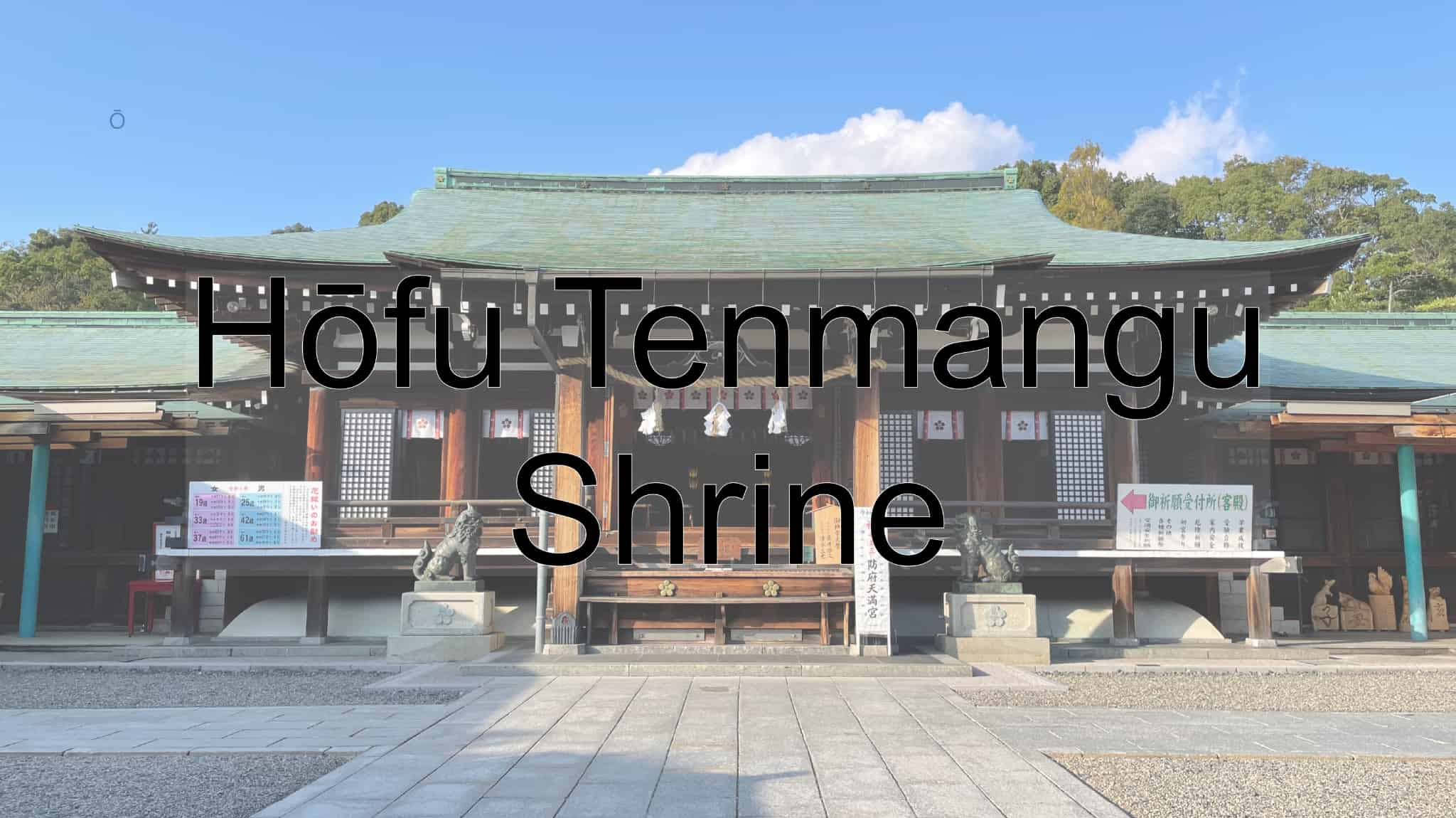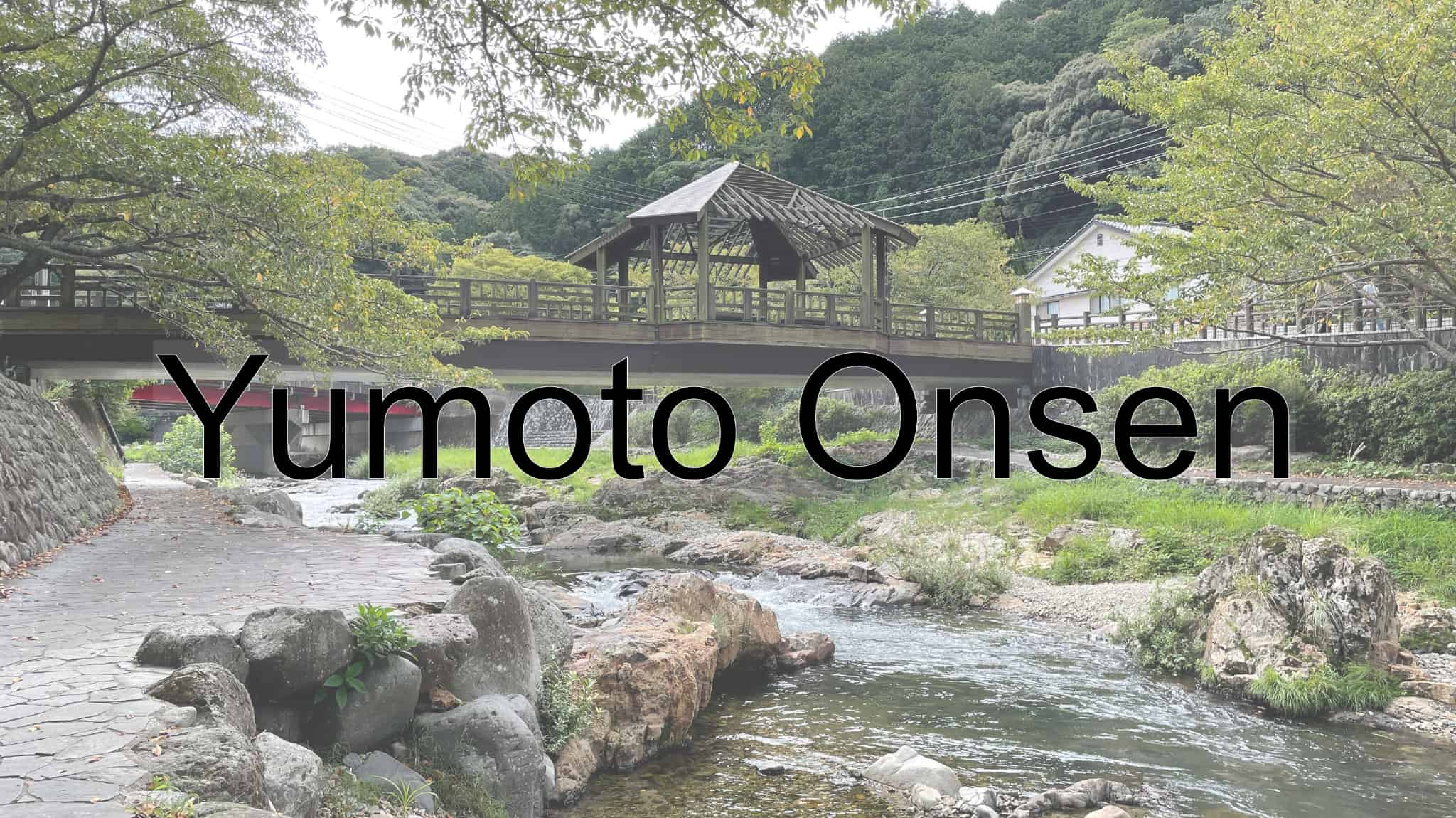Yamaguchi Prefecture
Formerly known as 長門国 (nagato-no-kuni) and 周防国 (suō-no-kuni), Yamaguchi Prefecture sits on the southern tip of 本州 (honshū—the largest of Japan’s four main islands). A prefecture with an abundance of nature, Yamaguchi Prefecture is where a large number of well-known Japanese were from. These people included Itō Hirobumi (the first Prime Minister of Japan) and Yoshida Shōin (a teacher known for having many great Japanese figures as his students). Yamaguchi Prefecture is also where Katsura Tarō (the founder of Takushoku University) was born. Even in modern-day Japan, there are still many great and important figures from Yamaguchi Prefecture; it’s where most of the Prime Ministers in Japan were from.
Even for those who’ve never visited Japan before, there’s a chance that you’ve heard of Yamaguchi Prefecture. Every year, the world-renowned newspaper “New York Times” picks fifty-two locations they feel are worth visiting. In the “2024 Travel Destinations: 52 Places to Go This Year”, Yamaguchi, Yamaguchi Prefecture ranked at number three. Yamaguchi Prefecture doesn’t have an extensive public transit system; it can be difficult to get around this prefecture without a car. In Yamaguchi City, however, a handful of tourist spots can be visited simply via public transportation.
Yamaguchi City also boasts “Yuda Onsen”, an area with natural hot springs. Unlike other hot spring towns in Japan, Yuda Onsen is unique as it’s in the middle of Yamaguchi City, it’s not in a secluded area. Even so, these hot springs (and tourist spots here) aren’t bustling like other Japanese cities, making Yamaguchi City an ideal tourist destination for those looking to sightsee and relax at their own pace.
When one thinks of Yamaguchi Prefecture nowadays, what (most likely) people think of first is 獺祭 (dassai). Dassai is a revolutionary rice wine (a traditional Japanese alcoholic beverage) that helped revitalise the popularity of rice wine altogether. Over the years, western alcohol such as beer and whiskey has become more and more popular in Japan. As a result, less and less people were drinking rice wine. When Asahi Shuzō started producing Dassai, it was received very well. So much so that it helped to boost interest in rice wine. Rice wine is now popular (and can be enjoyed) across the globe.
The origins of where Dassai got its name are rather interesting. There are two Chinese characters used in this name: 獺 (kawauso) meaning “otter”, and 祭 (matsuri) meaning “festival”. Dassai is made in Iwakuni, Yamaguchi Prefecture, in an area known as 獺越 (osogoe). The name of this area also uses the Chinese character 獺, so they decided to use this character when naming the rice wine. Dassai means “the fish that otters have caught and lined up on the shore look festive (as if they’re representing some sort of celebration)”. This phrase has been interpreted as the “reference materials that one uses are distributed to those around”.
Aside from rice wine, Yamaguchi Prefecture has several long-established traditional Japanese inns and (as mentioned above) a few areas with natural hot springs. In Yuda Onsen, there is the “Matsudaya Hotel”. Opening its doors in 1675, the grounds of this traditional Japanese inn are tranquil; you don’t feel like you’re in the middle of a city. This is one Japanese inn where you can thoroughly enjoy the traditional side of Japan.
Aside from Yuda Onsen, there’s also “Yumoto Onsen” in Nagato City. Here, there is the famous Ōtani-Sansō. Originally built in 1881, it was rebuilt at Yumoto Onsen in 1960. At this Japanese inn, you can enjoy top-class service, some of the best in the country. This is one place to stay that’s very popular among the Japanese.
With history, top-class rice wine, hot spring towns, and long-established traditional Japanese inns, Yamaguchi Prefecture has lots that Japanese people can pride themselves in. Even though it was picked in “2024 Travel Destinations: 52 Places to Go This Year”, this is one prefecture in Japan with few tourists. Because of this, you can enjoy a leisurely trip without having to feel rushed. We at MORIKOBOSHI hope the articles below can help you learn a lot about and help you plan your trip to Yamaguchi Prefecture.
NOTE
Despite being a great prefecture to sightsee in, Yamaguchi Prefecture is difficult to get around without a car. Some areas here can be visited via public transportation, but it’s usually easier to sightsee (and often cheaper) with a car. A car will enable you to see the entire prefecture, and you’ll (definitely) have a more convenient trip.





